Information On Which Vegetable Seeds To Sow Indoors Or Outdoors
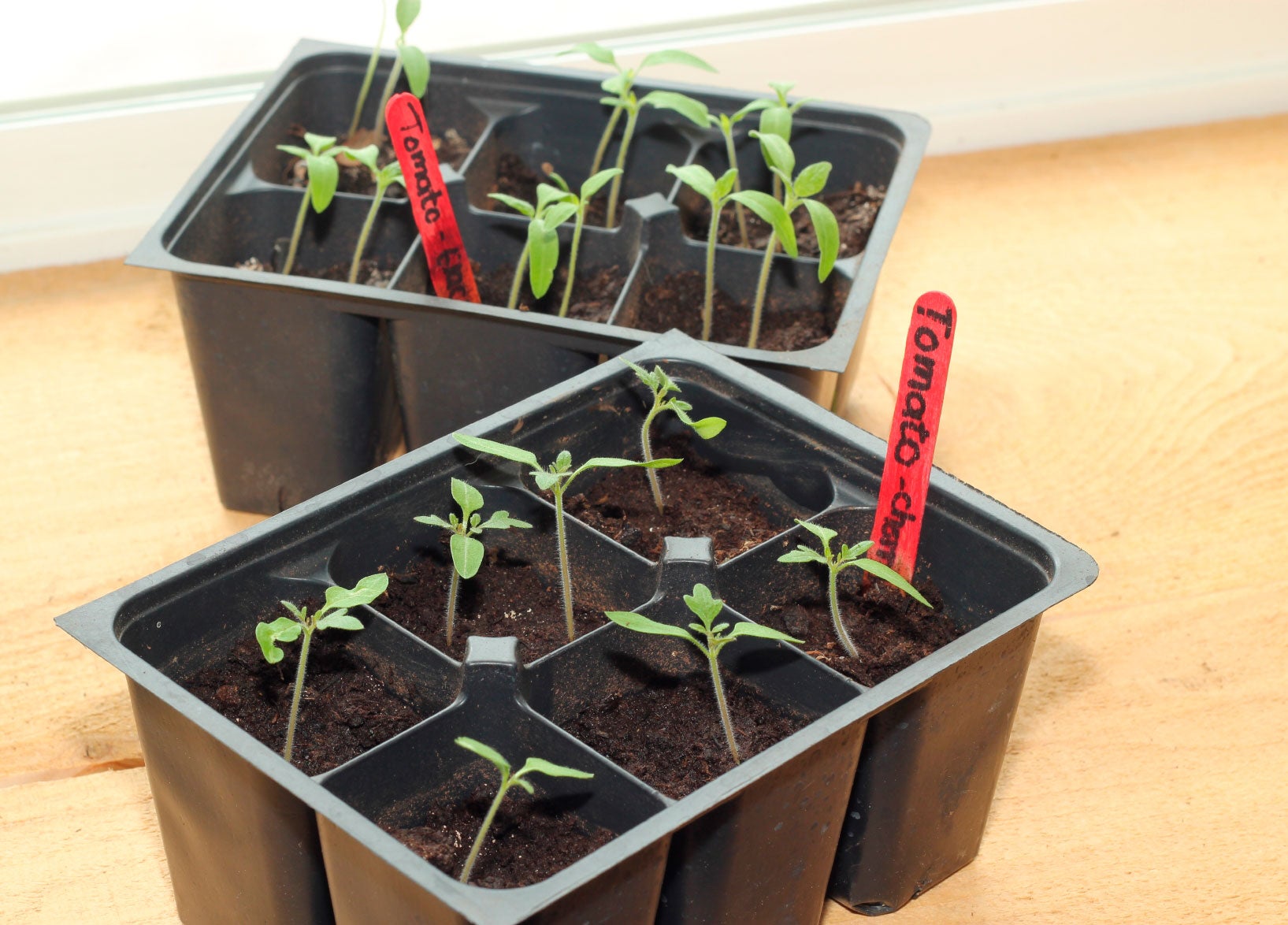

Vegetables can be planted indoors or outdoors. Normally, when you plant seeds indoors, you'll need to harden the seedlings off and transplant them into your garden later. So which vegetables are best started inside, and which are best to direct sow in the garden? Read on for information on where to sow vegetable seeds.
Starting Seeds Indoors vs. Direct Sowing Outside
Depending on the particular crop planted, gardeners can go about sowing seeds directly in the ground or starting them inside. Typically, plants that transplant well are the best candidates for vegetable seed starting indoors. These normally include the more tender varieties and heat-loving plants too. Sowing seeds indoors allows you to get a jump on the growing season. If you start your vegetable seed planting at the right time for your area, you'll have strong, vigorous seedlings ready to go into the ground once the regular growing season begins. In areas with short growing seasons, this method is ideal. Most of your root crops and cold hardy plants respond well to vegetable seed planting directly outdoors. No matter how careful one is when transplanting a young plant, there is bound to be some minor root damage. Many plants that do well directly sown do not respond well to being transplanted because of the potential root damage.
Where to Sow Vegetable Seeds and Herbs
To help get you started with where to sow vegetable seeds and common herb plants, the following list should help:
PLANT | INDOORS | SOW DIRECT |
| Row 1 - Cell 1 | X | |
X | X | |
| Row 3 - Cell 1 | X | |
X | X | |
| Row 5 - Cell 1 | X | |
X | Row 6 - Cell 2 | |
X | X | |
X | X | |
X | X | |
X | X | |
X | X | |
X | Row 12 - Cell 2 | |
X | Row 13 - Cell 2 | |
X | Row 14 - Cell 2 | |
X | Row 15 - Cell 2 | |
X | X | |
X | Row 17 - Cell 2 | |
X | X | |
X | X | |
| Row 20 - Cell 1 | X | |
| Row 21 - Cell 1 | X | |
| Row 22 - Cell 1 | X | |
X | X | |
X | Row 24 - Cell 2 | |
X | X | |
X | X | |
X | Row 27 - Cell 2 | |
X | X | |
X | X | |
| Row 30 - Cell 1 | X | |
| Row 31 - Cell 1 | X | |
X | Row 32 - Cell 2 | |
X | Row 33 - Cell 2 | |
X | X | |
X | X | |
| Row 36 - Cell 1 | X | |
| Row 37 - Cell 1 | X | |
| Row 38 - Cell 1 | X | |
| Row 39 - Cell 1 | X | |
| Row 40 - Cell 1 | X | |
X | X | |
| Row 42 - Cell 1 | X | |
| Row 43 - Cell 1 | X | |
X | Row 44 - Cell 2 | |
X | Row 45 - Cell 2 | |
| Row 46 - Cell 1 | X | |
X | X | |
*Note: These include growing for greens. |
X | X | |
| Row 1 - Cell 1 | X | |
X | Row 2 - Cell 2 | |
| Row 3 - Cell 1 | X | |
| Row 4 - Cell 1 | X | |
X | Row 5 - Cell 2 | |
X | X | |
X | X | |
X | X | |
X | Row 9 - Cell 2 | |
X | Row 10 - Cell 2 | |
X | Row 11 - Cell 2 | |
X | X | |
X | Row 13 - Cell 2 | |
X | X | |
X | Row 15 - Cell 2 | |
X | Row 16 - Cell 2 | |
X | X | |
| Row 18 - Cell 1 | X | |
X | X | |
X | Row 20 - Cell 2 |
Gardening tips, videos, info and more delivered right to your inbox!
Sign up for the Gardening Know How newsletter today and receive a free copy of our e-book "How to Grow Delicious Tomatoes".

Nikki Tilley has been gardening for nearly three decades. The former Senior Editor and Archivist of Gardening Know How, Nikki has also authored six gardening books.
-
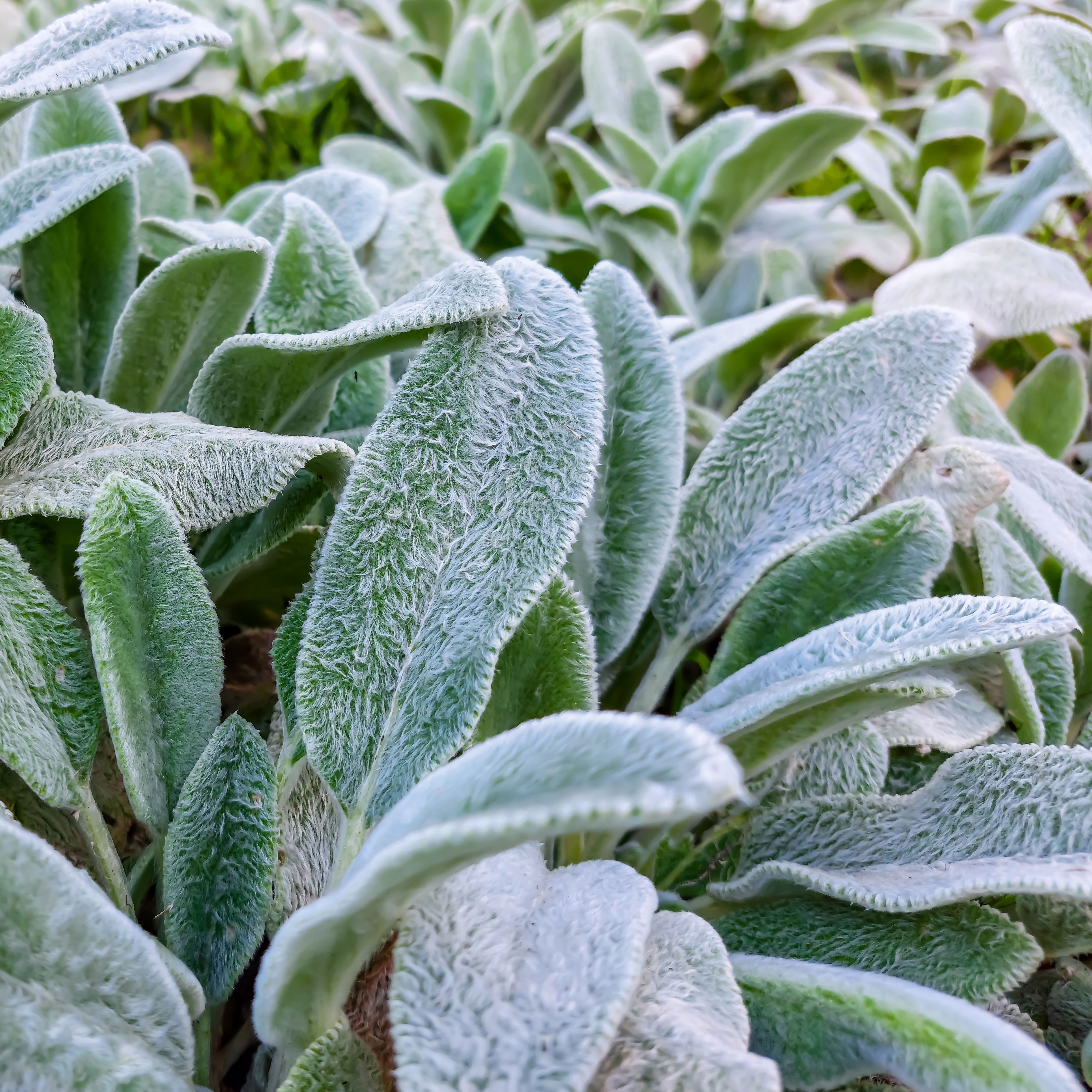 Looking For Plants To Give You The Soft And Fuzzies? Try These 5 Fuzzy Leaf Plant Options
Looking For Plants To Give You The Soft And Fuzzies? Try These 5 Fuzzy Leaf Plant OptionsLovers of texture, drama, silver foliage and tactile plants will adore these special sensory garden additions. These fuzzy leaf plant options will leave you all aglow
By Susan Albert
-
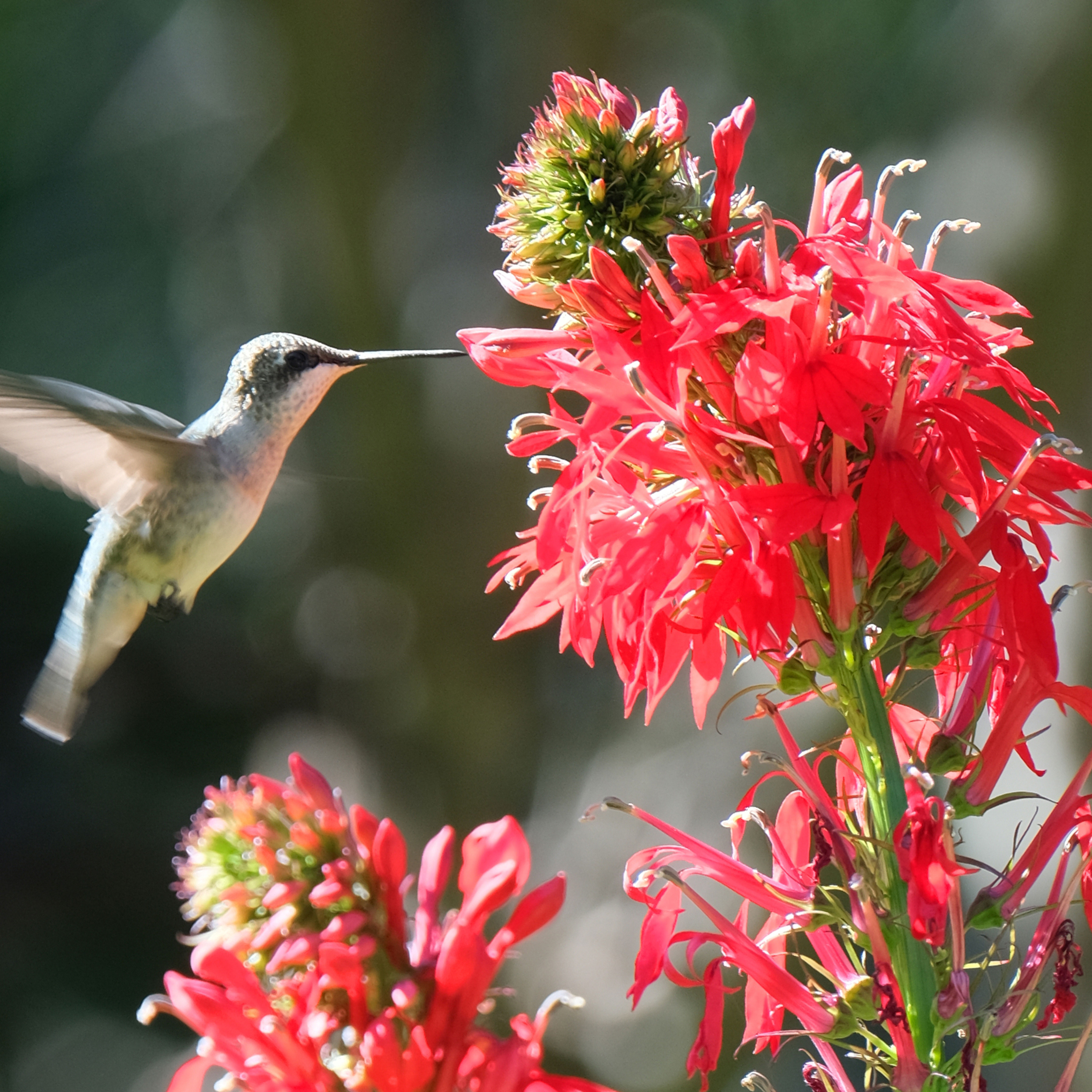 Get Ready For A Summer Of Hummers! Grow These Full Sun Hummingbird Plants and Flowers
Get Ready For A Summer Of Hummers! Grow These Full Sun Hummingbird Plants and FlowersIf you’re lucky enough to enjoy a sunny backyard, make sure you are maxing out on your pollinator opportunities and grow these full sun hummingbird plants and flowers
By Tonya Barnett
-
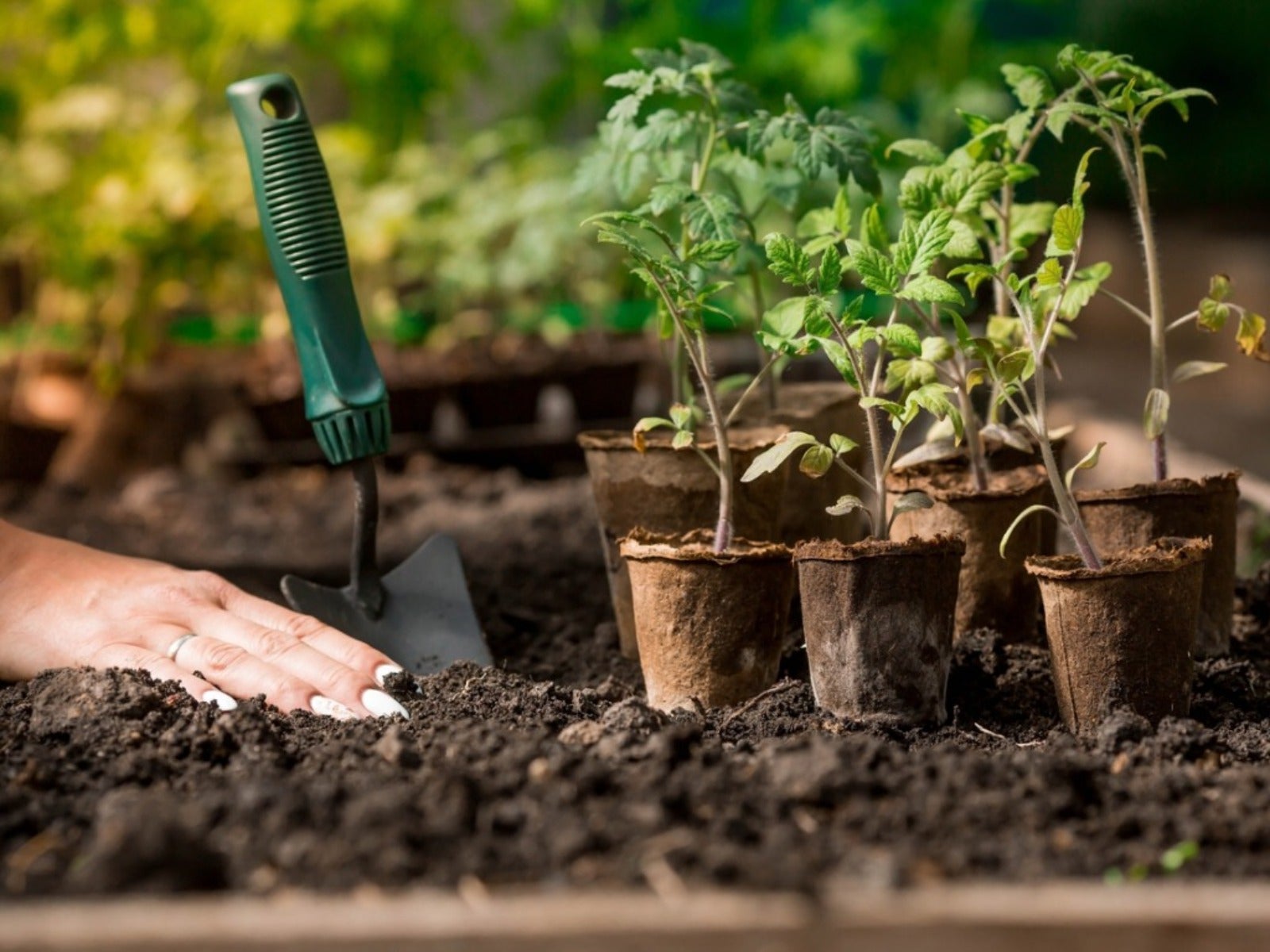 How Many Vegetables To Plant Per Person For A Year
How Many Vegetables To Plant Per Person For A YearGauging how much to plant in a vegetable garden can eliminate waste while still producing enough for your family. Click for more.
By Bonnie L. Grant
-
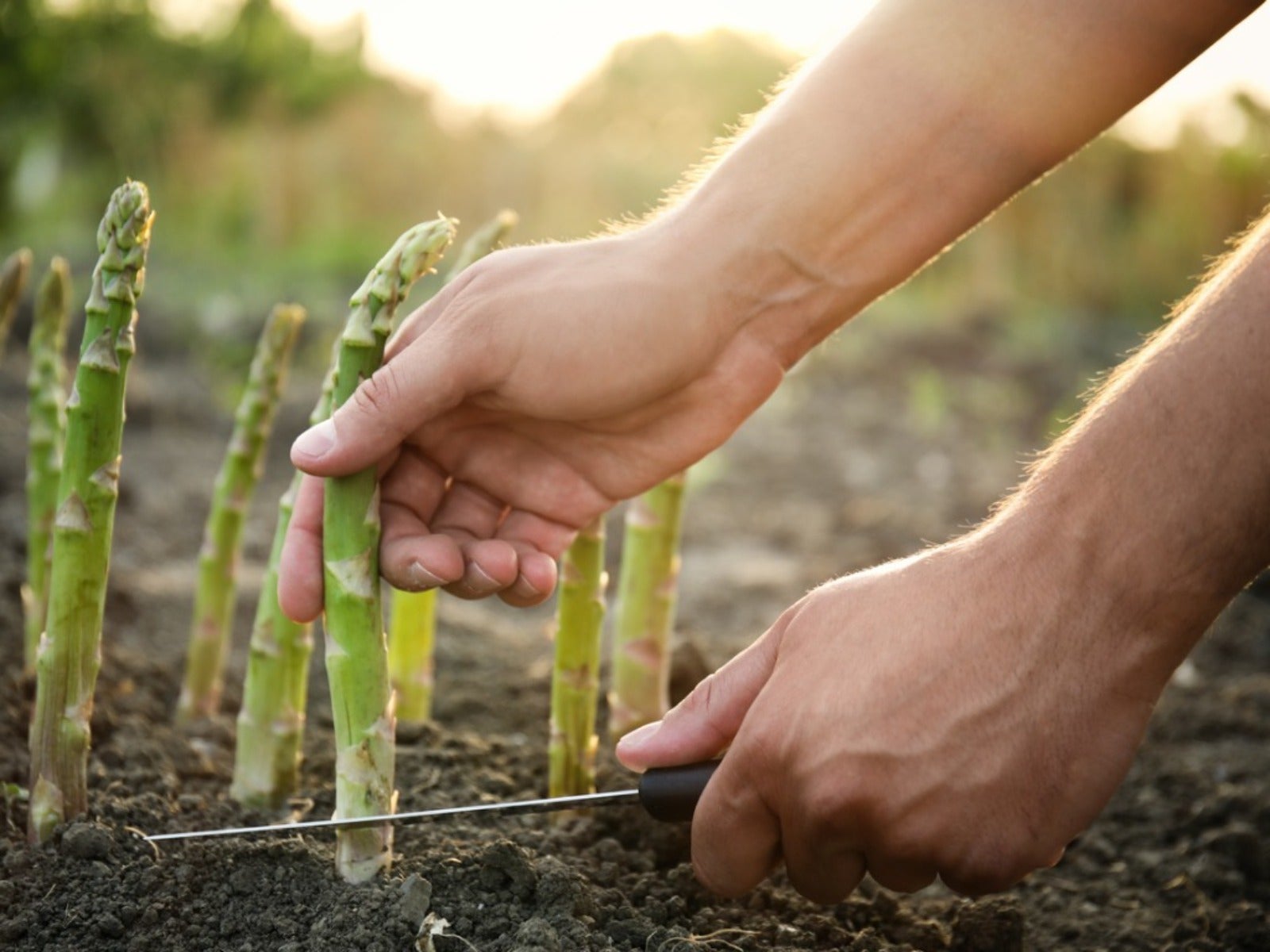 13 Perennial Fruits And Vegetables You Only Have To Plant Once
13 Perennial Fruits And Vegetables You Only Have To Plant OnceLooking to set it and forget it? Find out which fruits and vegetables can be grown as perennials.
By Laura Miller
-
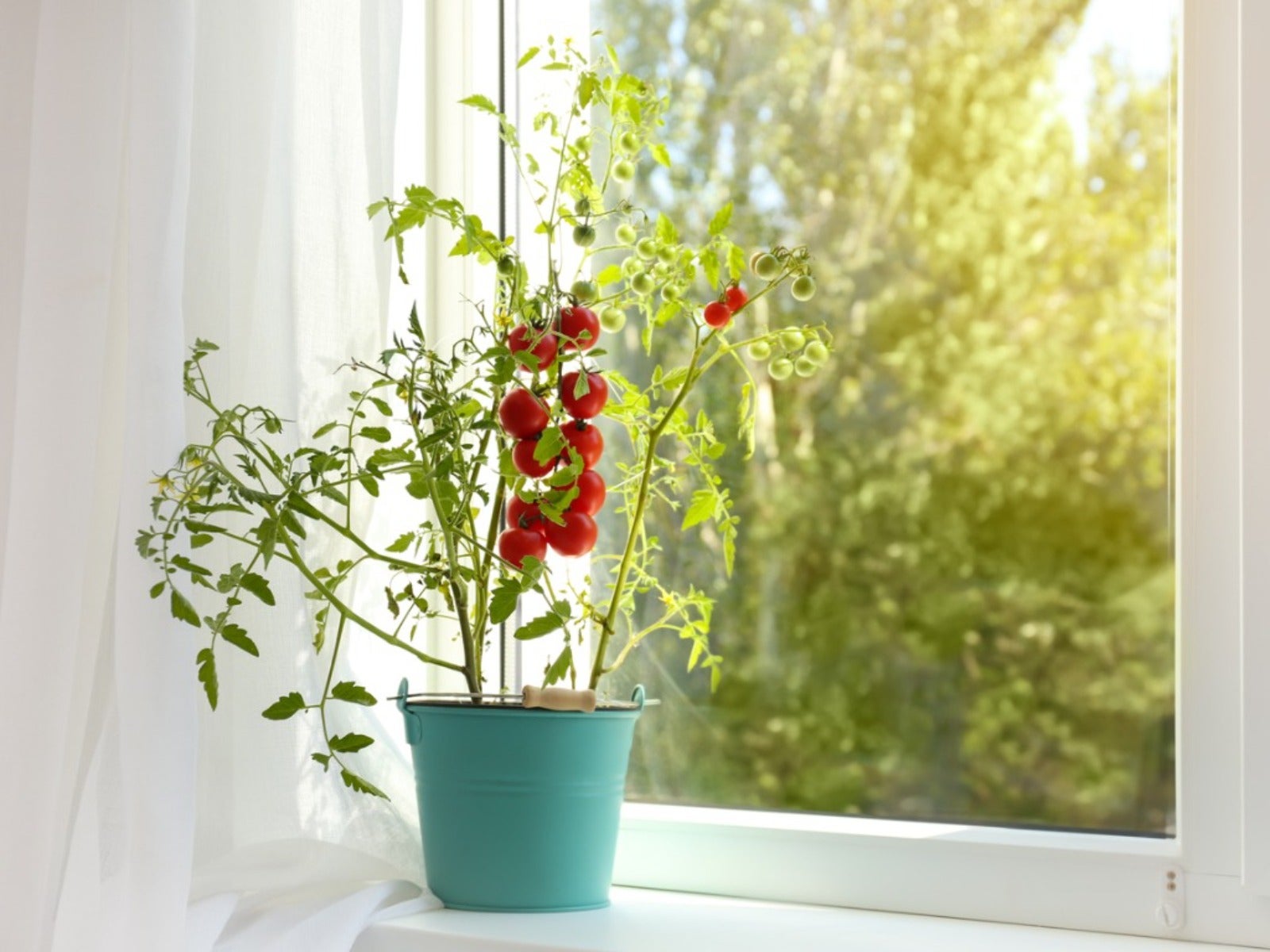 11 Edible Plants For A Year-Round Garden In A Bucket
11 Edible Plants For A Year-Round Garden In A BucketWant to know how to grow food inside your house and which foods do best indoors? Click here to learn all about it.
By Bonnie L. Grant
-
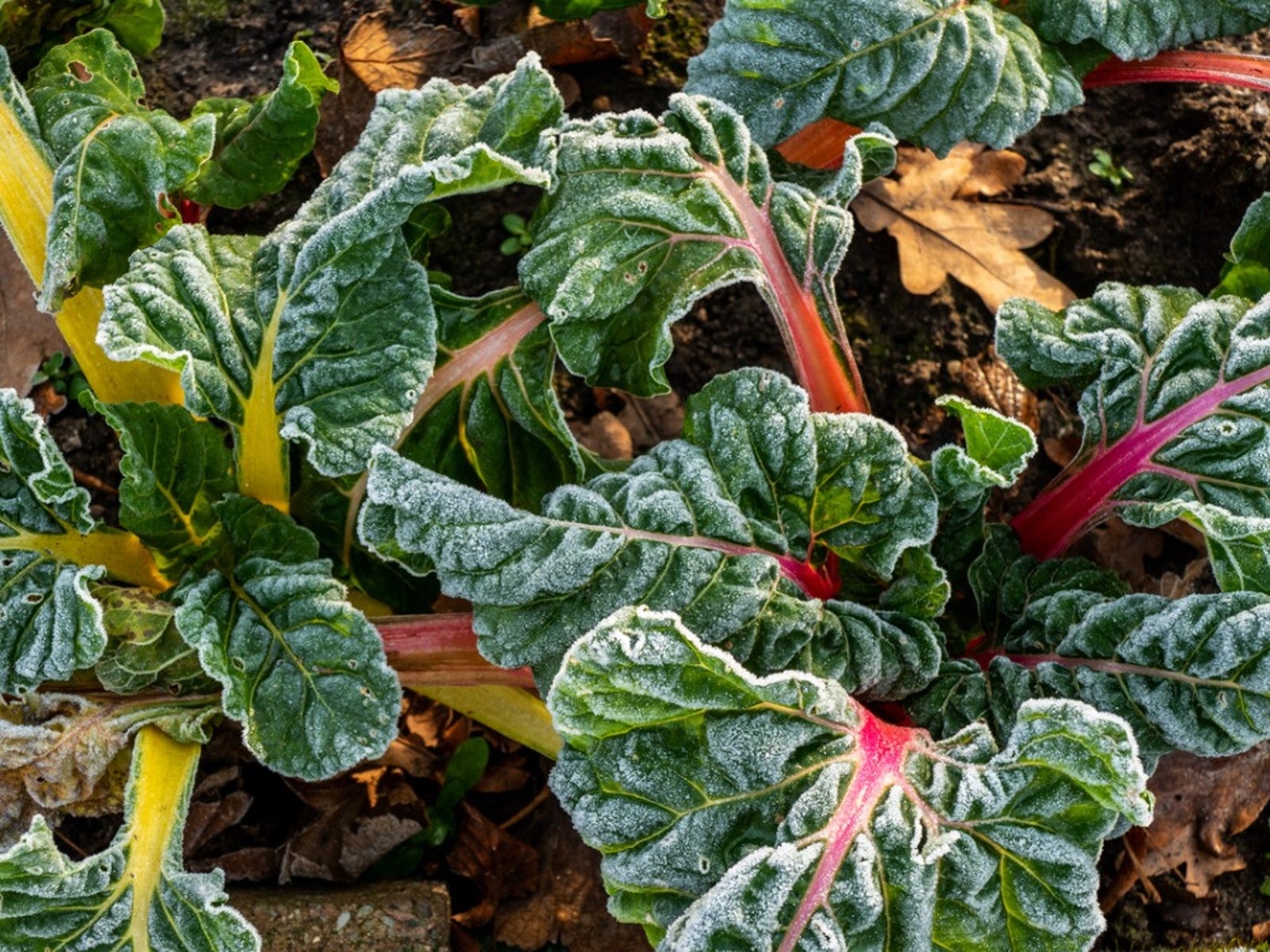 Frost Tolerance Of Vegetables From Least To Most Hardy
Frost Tolerance Of Vegetables From Least To Most HardyHow cold can vegetables tolerate? Knowing which veggies will survive frosts and freezes is essential for the success of your garden. Click here for more.
By Laura Miller
-
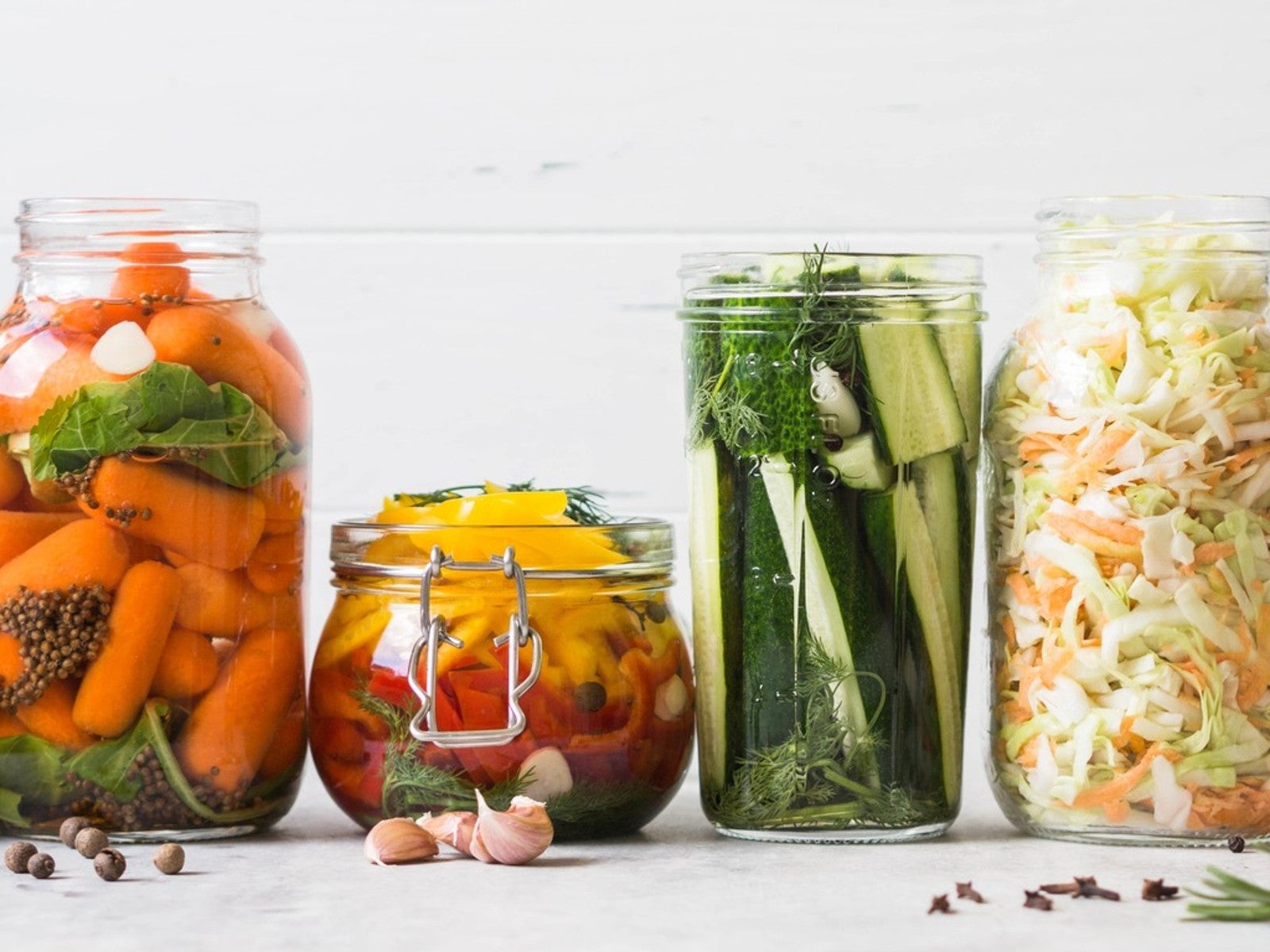 Best Vegetables To Pickle Straight From The Garden
Best Vegetables To Pickle Straight From The GardenPickles aren’t limited to just cucumbers. Read on for tips on pickling your fresh veggies.
By Amy Grant
-
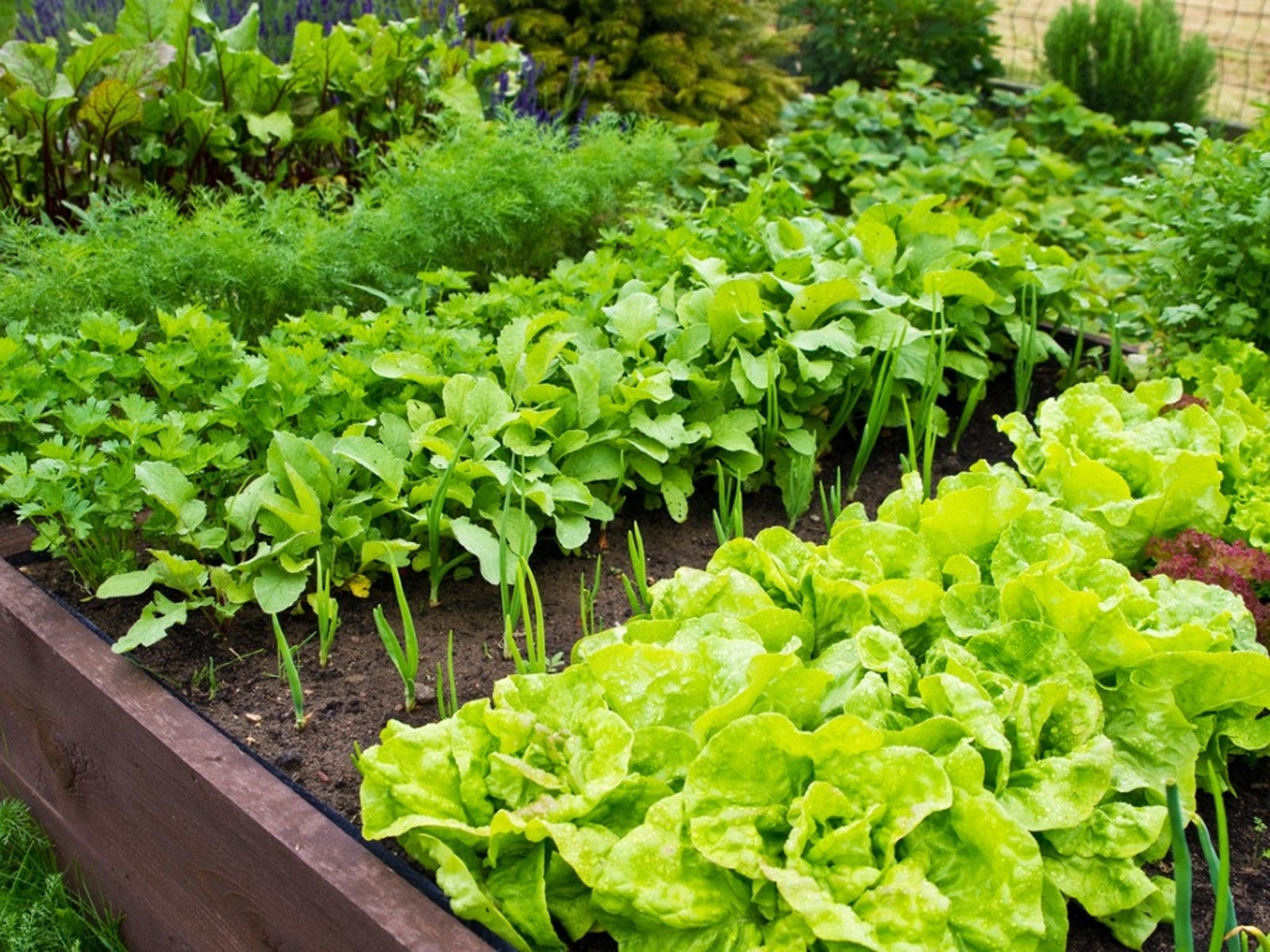 Benefits Of Planting In Fall Vs. Spring Vegetable Plots
Benefits Of Planting In Fall Vs. Spring Vegetable PlotsLearn why some vegetables do better if you plant them in fall instead of spring.
By Laura Miller
-
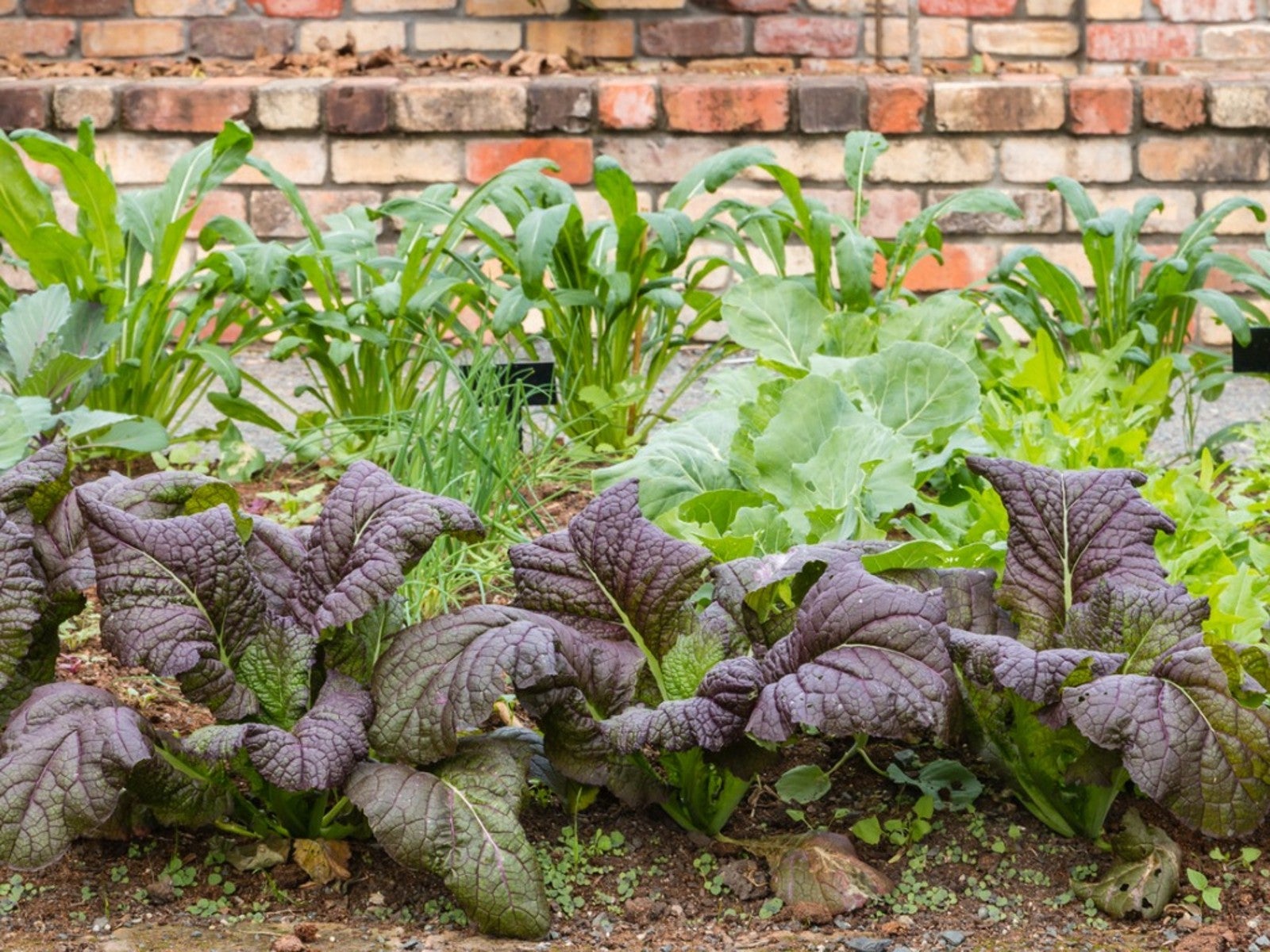 Interplanting Vegetables In The Fall Garden
Interplanting Vegetables In The Fall GardenLearn all about the benefits of interplanting vegetables for your fall garden.
By Laura Miller
-
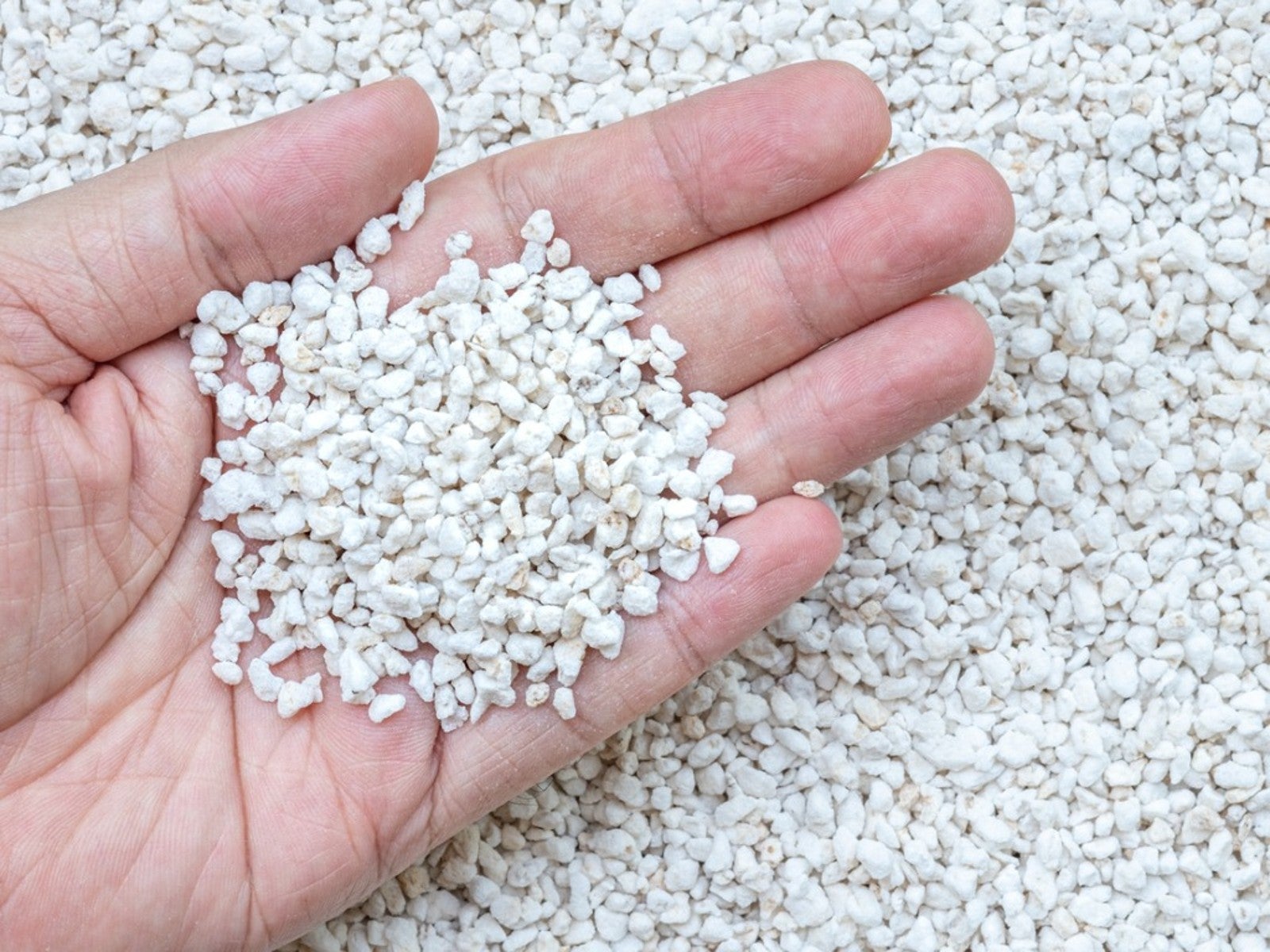 Best Vegetables For Growing In Perlite
Best Vegetables For Growing In PerlitePerlite is a natural growing medium that comes from super-heated volcanic glass. In some cases, it works better than soil. Read on for more info.
By Laura Miller